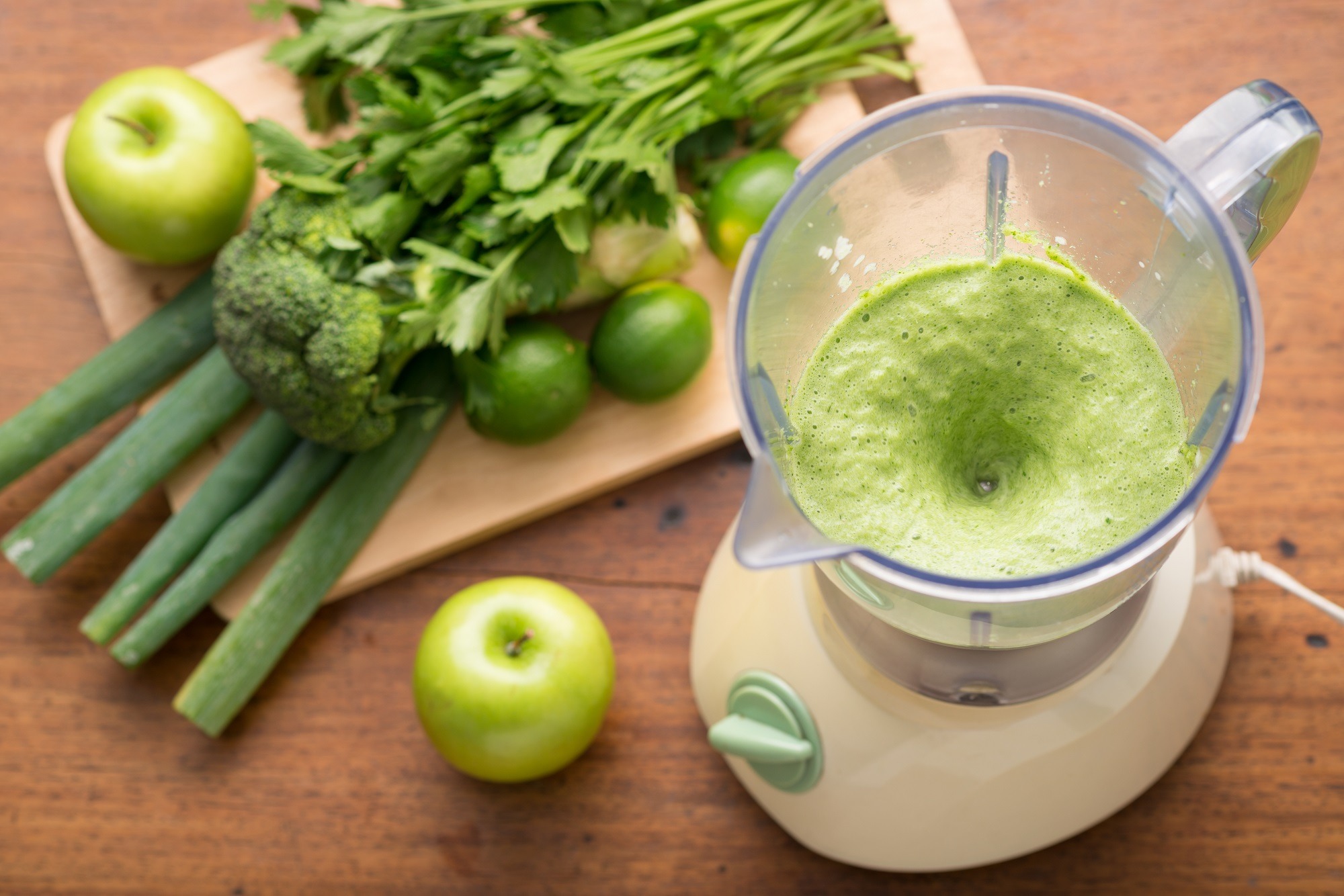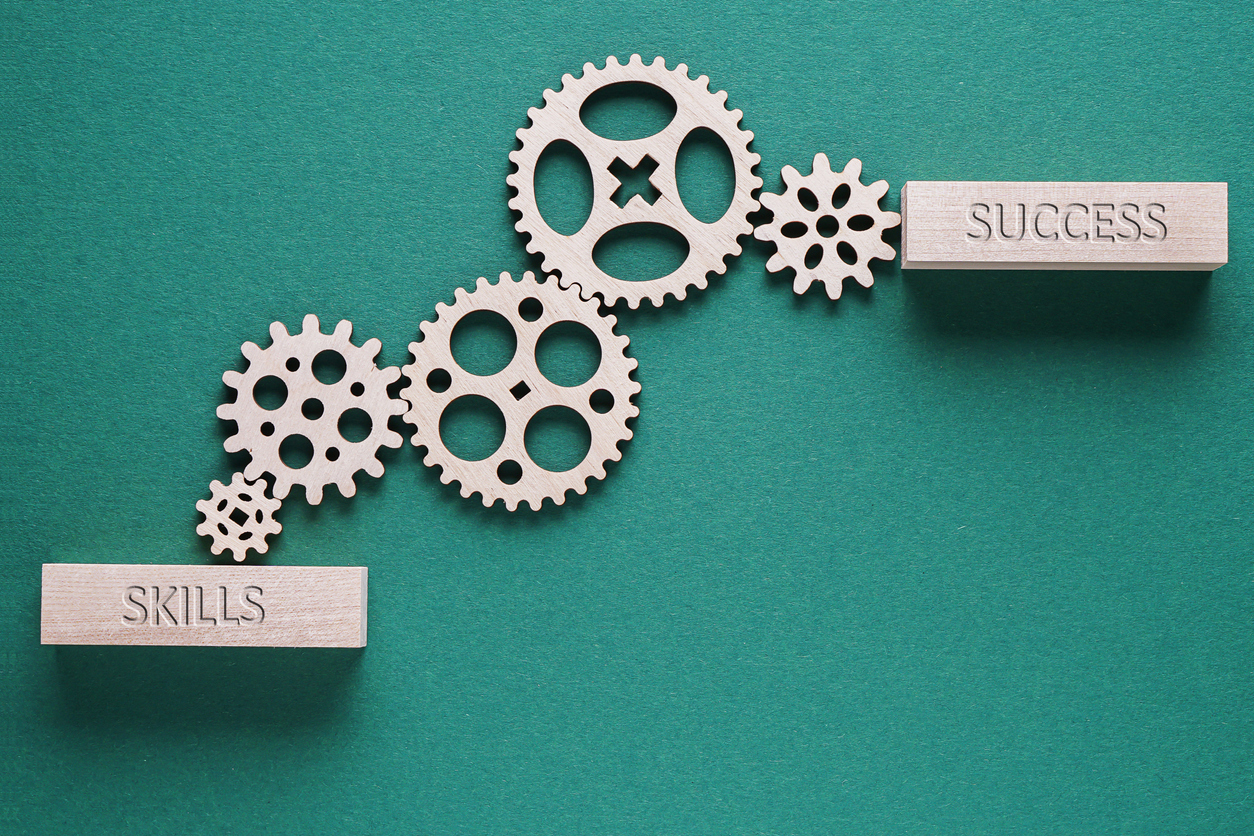
I’m not a great cook, but I enjoy watching competitive cooking shows like Master Chef and Top Chef where amazing dishes are created. The TV chefs create an experience using the right combination of flavors, textures, and presentation. There’s no cookie-cutter approach; each dish is unique and carefully planned to achieve the optimal eating experience. Likewise, when I want to create a great learning program, I try to use the right combination of learning techniques, blended together, to maximize the transfer of knowledge.
There’s nothing cookie-cutter about my learning creations either. People learn in different ways, so putting together the best experience takes an understanding of audience, content, skills and behaviors they need to learn, and any delivery considerations. There are, however, some staples – elements I think about when designing any blended solution.
Elements of a Blended Learning Program
- Set up. “Mise en place” is a French term for having all your ingredients measured, cut, peeled, sliced, grated, etc. before cooking starts. Pans are prepared. Mixing bowls, tools, and equipment are set out. It is a technique chefs use to assemble meals efficiently. For blended learning courses, the setup is also important. Provide an overview of the course, including how the course will be organized and delivered. Set expectations with learners about how they will interact with media, measure success, and find support after training ends.
- Present. Chefs use a variety of ways to share their recipes and cooking methods: books, videos, TV cooking shows, and live classes. For blended learning, we use classroom instruction, group activities, independent learning, eLearning, coaching, etc. Build a blended solutions solution that gives the individual more ways to learn, improving their chance of success. And allow learners flexibility across a blended program; they learn better when they can control their own experiences.
- Demonstrate. Learning a new recipe for the first time is easier if someone shows you how to do it. Include live demonstrations, video demonstrations, and other ways to observe someone performing well.
- Practice. The best way to hone your cooking skills is to experience first-hand a dish that turns out great and a dish that flops. Allow learners to practice using the content in a realistic, but controlled environment. Simulations and other realistic trials help learners test their learning and get real-time feedback on their performance in a low-risk setting. And, for tasks requiring human interaction, there’s no substitute for face-to-face interaction and practice in a real or realistic setting.
- Assess. Good chefs taste their food as they cook to make sure it meets their standards and expectations. For blended solutions, verify the learner has mastered the skills through performance assessment, certification, or informal learning checks. Just as chefs make sure each part of a dish is right, consider having your learners demonstrate mastery of each skill or behavior before they move on to the next.
- Coach. Every great chef once worked under the wing of an established, reputable chef who taught them the nuances of cooking that can’t be learned from a book. Make managers and peers part of blended learning programs. They should provide structured, ongoing coaching and feedback. This is a key piece of any blended solution; it helps ensure the skills learned through formal training are applied on the job.
- Collaborate. Social media has become a great platform for chefs and casual cooks alike to share recipes, cooking techniques, and lessons learned. Enhance your blended learning program through communities of practice. These communities enable collaboration during the course; for example, participants might use online chat to ask questions, share information, and solve problems. They are also a great way to deepen skills and reinforce critical behaviors over time.
Successful learning takes many forms because learners and situations are different. It’s all about thinking like a Top Chef and finding that optimal mix of techniques. As great chef Emeril Lagasse would say, blended programs give your learning some “BAM!”



